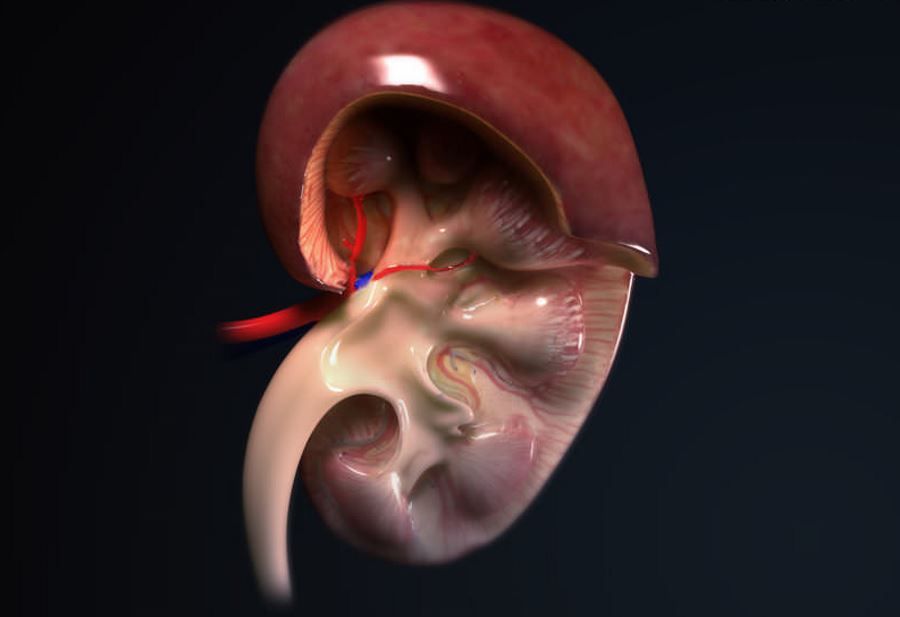Thousands of grains and seeds in an early medieval house
One of the largest collections of early medieval cereal grains in Europe and the largest collection of legume seeds found to date from a Polish stronghold of the period, archaeologists at Klodnica (woj. Lublin).
– Cereals and seeds were located in a shallow wood-paneled cellar. They were placed in tightly packed ceramic vessels, the head of the excavation, Dr. Lukasz Miechowicz of the Institute of Archaeology and Ethnology (IAE) of the Polish Academy of Sciences, told PAP.
The building, in whichorym cereals and legume seeds were discovered burned in 1. half. XI century. – archaeologists believe. Oprocz large stockofood included an elite weapon, a rich necklace decorated with gold, silver and Arabic coins.
– The richness of the discoveries indicates to us that someone of considerable size, representing the upper classes of society, lived or resided in the household we are investigating," he added.
Wrod of plant remains found, common wheat, millet, broad beans, peas and lentils were identified.
PAS Earth Museum archaeobotanist Grzegorz Skrzynski estimated that this is the largest deposit of legume remains found to date from an early medieval stronghold in Poland and one of the largest early medieval collections ofoin the fetusow agricultural coins known from the area of Europe. To date, he has already counted more than 2 thousand. lentil seeds, the same amount of broad beans and 1.5 thousand. pea seeds.
– However, we have not yet said the last word – more than half of the probek to be examined," stipulates Skrzynski.
As a result of the fire, the homestead collapsed; consequently, the ceramic vessels in which theorych were the seeds were shattered. – Several thousand fragmentsoin ceramic vessels we intend to cobble together and reconstruct the. In this wayob we will find out what they looked like," adds Dr. Miechowicz.
In the same homestead, archaeologists came across dozens of relics of theoin metal, including a bronze belt ferrule. – Similar ones came from the area oearly Hungary," points out Dr. Miechowicz. The number of weapons found is also impressive: more than a dozen spearheadsow arrows, three arrowheads inochni including one massive, almost połmetrowy.
– A remarkable discovery turned out to be roAlso a necklace, whichory consisted of more than 80 metal beadsoof glass and two Arabic coins – dirhams from the early 10th century. Part of the beadoin was wrapped in gold and silver foil. The coins have holes for suspension. This is an extremely rare and valuable find," the head of the excavation believes.
House fire and the entire stronghold, in ktoThe site was located in the mid-11th century. XI w. as indicated by radiocarbon dating of the remainsoin plants.
– WoAt that time the area of the Chodelska Basin was already within the borders of the Piast state. What caused the fire? At this point we are not able to say definitively whether it was an accidental invasion of the siteosion or perhaps an invasion," says the archaeologist.
Researchers stumbled upon the unusual homestead two years ago already. In 2017 – they continued excavations in its. Archaeologist researchow of the PAS in the Khodelska Basin can be supported through the Patronite service.
Sourceosource: PAP – Nauka w Polsce , Szymon Zdziebłowski, photo. CC BY-SA 3.0/ Thamizhpparithi Maari/ Wikimedia Commons


